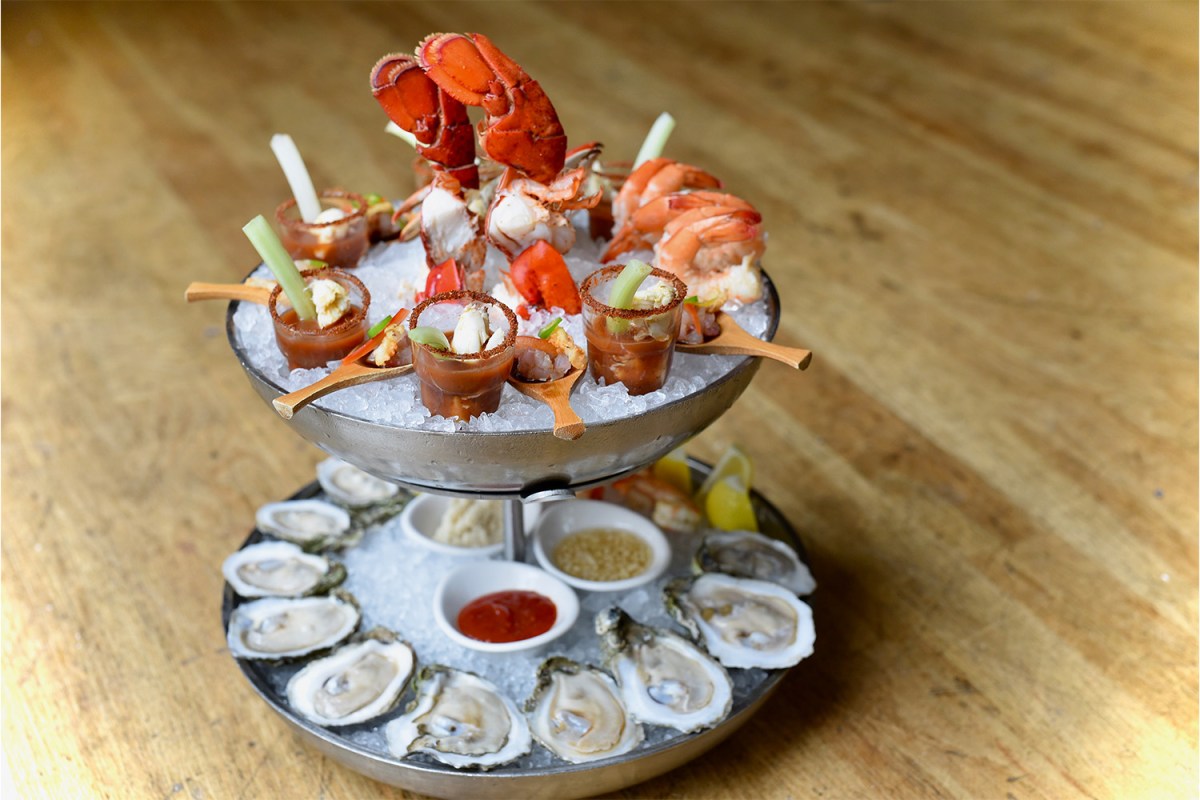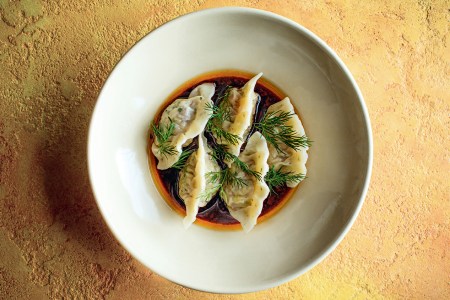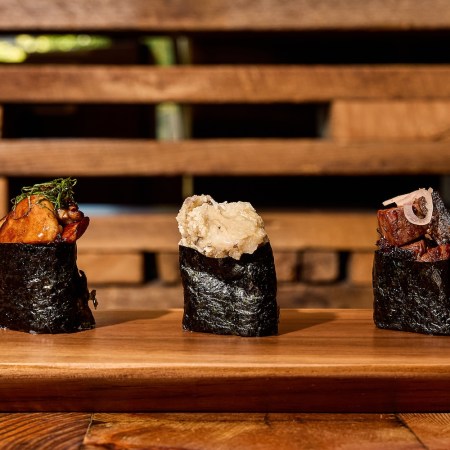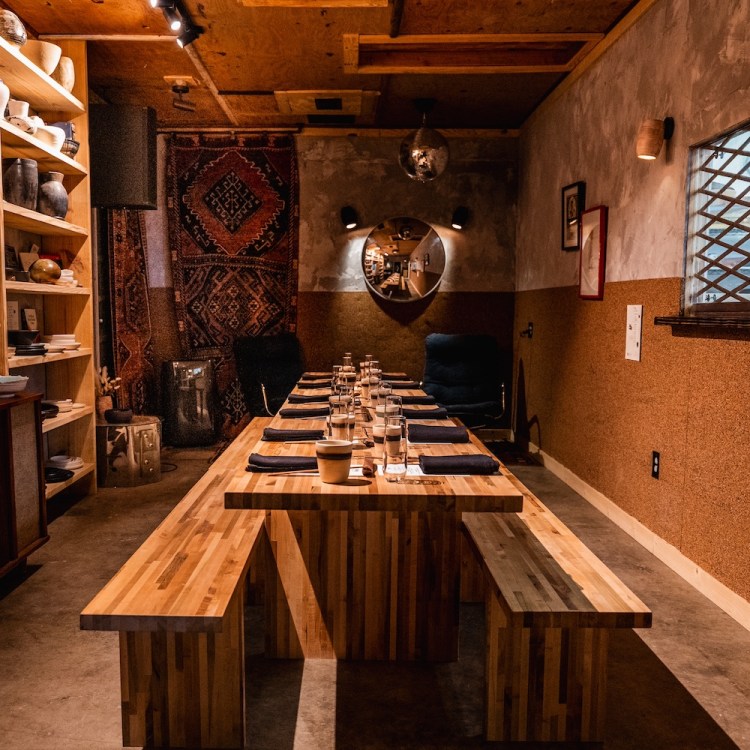People often say restaurants are in their blood, but for Alex Brennan-Martin that is quite literally the case. He grew up in New Orleans, where his mother ran two of the city’s most famous restaurants, Commander’s Palace and Brennan’s. That’s where he learned the ropes, working every job in the kitchen before heading off to train in Paris and work in New York, eventually settling into his role as proprietor at Brennan’s of Houston, which opened in 1967 and serves a menu of Texas-Creole cuisine.
Diners gather at Brennan’s of Houston for turtle soup, seasonal fish and shrimp rémoulade, plus fresh-shucked oysters and elaborate seafood towers constructed at the raw bar. There aren’t many people in this world better positioned to dispense seafood tower-related wisdom than Brennan-Martin, so we enlisted his services for all the pressing info on how to build one at home, from choosing your seafood and sauces to laying everything down on the right bed of ice.
“When I think of great seafood towers, my mind goes back to wonderful afternoons sitting outside brasseries in France,” says Brennan-Martin, reminiscing about his time in Paris. “Impressive seafood towers may layer multiple varieties of oysters, clams and sometimes mussels, Atlantic crab and shrimp, langoustine or lobster, and even whelks, always accompanied, of course, by a great bottle of wine…or three.”
We Have the Recipe for a Michelin-Starred Chef’s Seafood Dumplings
It’s just one of the highlights of Brandon Jew’s cookbookBrennan-Martin notes that each restaurant puts its own mark on the seafood tower, which keeps things exciting, but he calls himself a purist. He leans toward the basics done well, with a focus on freshness. Most seafood towers feature a mignonette sauce and other flourishes like cocktail sauce or remoulade, but he prefers such accessories for the baguette. “Why hide the taste of the ocean?” he asks.
His restaurant’s Grand Tower is a two-story display of freshly shucked oysters, boiled jumbo shrimp, crab fingers, crab ravigote and red snapper ceviche. Go eat this straight from the source to experience a classic presentation with well-executed seafood. But if you’re up for the challenge, you can try making one yourself by following some can’t-miss advice.
First up: acquire top-quality seafood. “It’s always best to go to some place with long lines,” jokes Brennan-Martin, who stresses that reputation in seafood distribution is key. “It can be a fishmonger, a seafood market, or even a grocery store. It’s all about commitment to proper handling, which includes not selling seafood past its prime. If you’re lucky to live near a coast, make an afternoon of going to the shore and visiting the seafood shops.”
Once you’ve obtained your bounty, you need a serving platter. Brennan-Martin says that many seafood towers are plated on fine china and feature silver tongs and forks. Those elegant touches are nice, but they’re unnecessary when taking the DIY route — just pick something that will hold all your sea creatures comfortably. But note that condensation often forms on the outside of platters, so try a double-walled tray to keep your table dry. Whatever you choose, don’t let the servingware distract you from the real star of this show: the seafood. And know that good seafood deserves good ice.
“Very good crushed ice is critical, and even better is flaked ice from a good machine, which allows for the seafood to be nestled without spilling, and it won’t melt too quickly,” he advises. Place your preferred crustaceans and mollusks on the ice along with any desired accoutrement, like mignonette.
All that’s left now is to select a drink that pairs well with seafood. Once again, Brennan-Martin keeps it classic, suggesting a bottle of Vouvray, Muscadet, Sancerre or Champagne. Better yet, make it three bottles.
This article was featured in the InsideHook newsletter. Sign up now.

























